Before you start looking for a diamond, you want to have all of the necessary information that is available to you, because the more you know, the better prepared you are to make decisions regarding your purchase.
LEARN ABOUT THE FOUR C'S
1. Cut
2. Colour
3. Clarity
4. Carat
5. Shapes

It refers not only to the shape of the diamond, but its proportions, symmetry, and finish .The best cut diamond will reflect light from facet to facet and return maximum light through the top of the diamond.
One of the most defining characteristics of a diamond is its cut. Cut can be broadly split into 3 features (as they normally appears in any lab certificate) While high grades of colour, clarity, and carat weight also contribute to a diamond’s appeal, it’s the cut that determines the overall proportions, symmetry of the stone’s facets, its, and its ability to reflect light.
An expertly cut diamond Will achieve high levels of brilliance, sparkle, and durability. Even if a diamond is graded high in carat, colour & clarity a fair or poor cut can result in a lower brilliance.

It describes the amount of hue the diamond contains. Diamonds range from colorless to yellow with slight tints of yellow, gray or brown. Colors can also range from intense yellow to brown, blue, green, pink and red. These fancy colors are rare and therefore more valuable.

Note: There is no colours called A, B, C in Diamonds
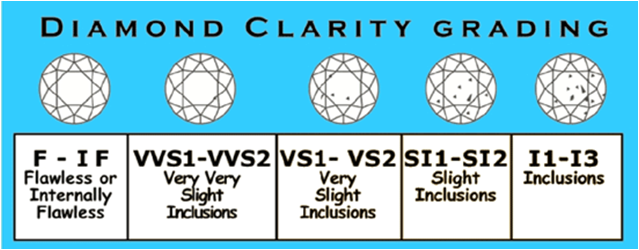
A diamonds clarity refers to the clearness or purity of a diamond. Diamonds may have various inclusions or imperfections. The number and size of these determines the clarity grading. A lot of imperfections in diamonds are not visible to the naked eye. For this reason clarity is graded under 10 x magnification.
It is the term used to express the weight of a diamond, with one carat equalling 200 milligrams of actual weight.

The weight of smaller diamonds is often expressed as cents, not carats. There are 100 cents in a carat. Another way to look at it is to say that each cents equals 0.01, or one-hundredth, of a carat. E.g.: 0.05 means five one-hundredths, so a 0.05 carat diamond equals five cents.
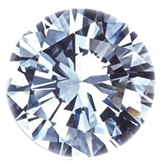
Round Brilliant - A diamond cut in a particular form with numerous facets so as to have exceptional brilliance. The shape resembles that of a cone and provides maximized light return through the top of the diamond.

Princess - A square cut diamond that has refractive properties almost near round brilliant. The princess is the preferred square cut shape over radiant.
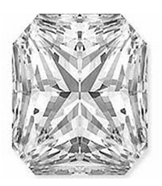
Radiant - This square or rectangular cut combines the elegance of an emerald shape diamond with the brilliance of a round shape. Its 70 facets maximize the effect of its color refraction. Because of its design, this cut requires more weight to be directed toward the diamond's depth in order to maximize brilliance.

Marquise - An elongated shape with pointed ends inspired by the fetching smile of the Marquise de Pompadour and commissioned by the Sun King, France's Louis XIV, who wanted a diamond to match it. It is gorgeous when used as a solitaire or when enhanced by smaller diamonds
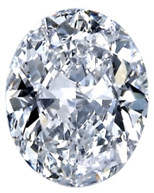
Oval -An even, perfectly symmetrical design popular among women with small hands or short fingers. Its elongated shape gives a flattering illusion of length to the hand.

Emerald - This is a rectangular shape with cut corners. It is known as a step cut because it resembles stair steps.

Heart - This ultimate symbol of romance is essentially a pear-shaped diamond with a cleft at the top. The skill of the cutter determines the beauty of the cut. Look for a stone with an even shape and a well-defined outline.
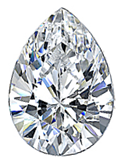
Pear - A hybrid cut, combining the best of the oval and the marquise, it is shaped mostly like a sparkling teardrop. It also belongs to that category of diamond whose design mostly compliments a hand with small or average-length fingers. It is particularly beautiful for pendants or earrings

Cushion - Shaped very much like a cushion. They have rounded corners and large facets designed to increase their brilliance. While the larger facets increase the brilliance in these diamonds they can sometimes highlight flaws.

Asscher - Very similar in appearance to the emerald cut, the asscher cut is differentiated by a more square shape and the presence of a pavilion with rectangular facets. It is also characterized by its distinctive octagonal shape.
